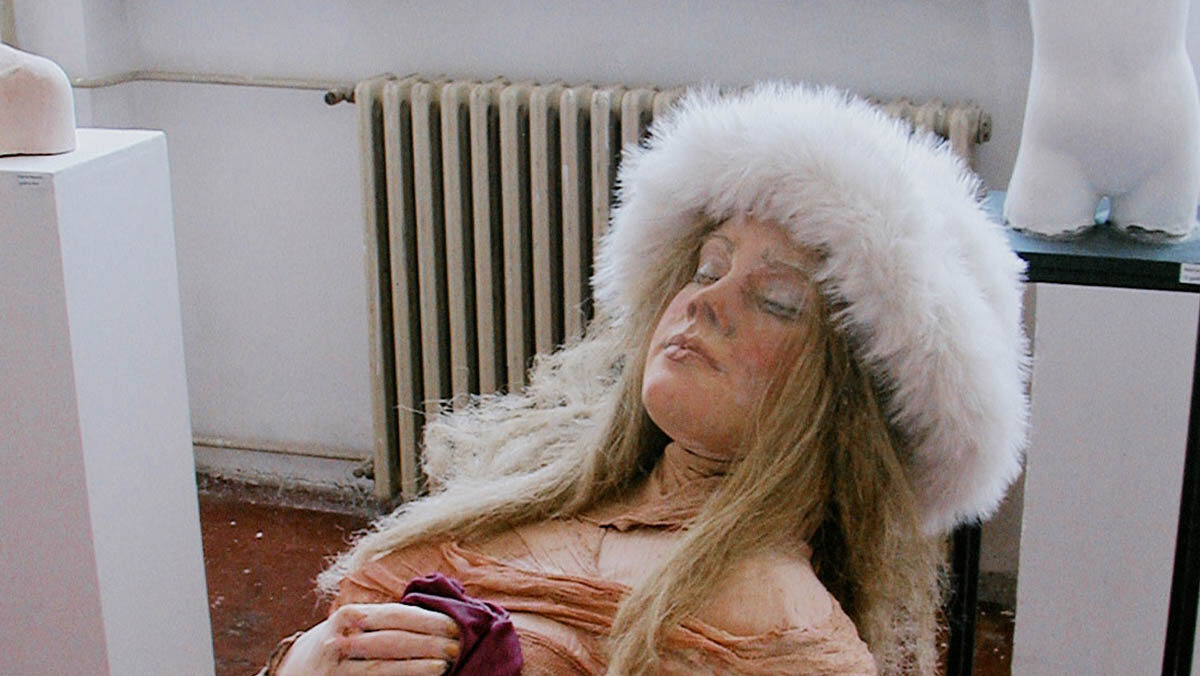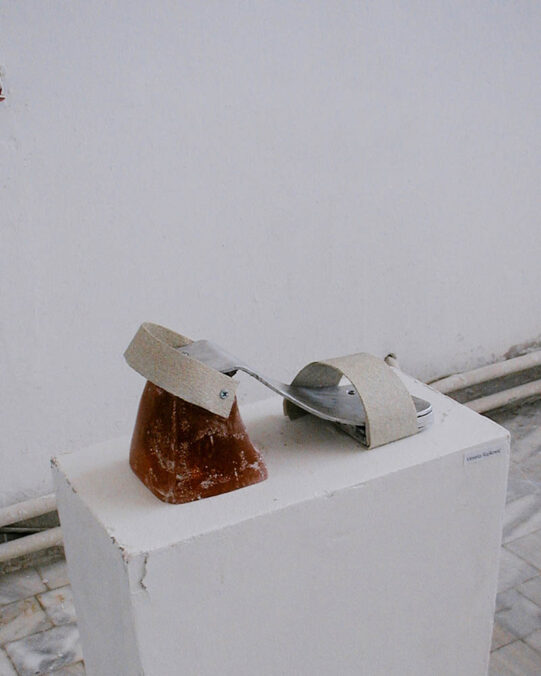
Course finder « University of Arts in Belgrade 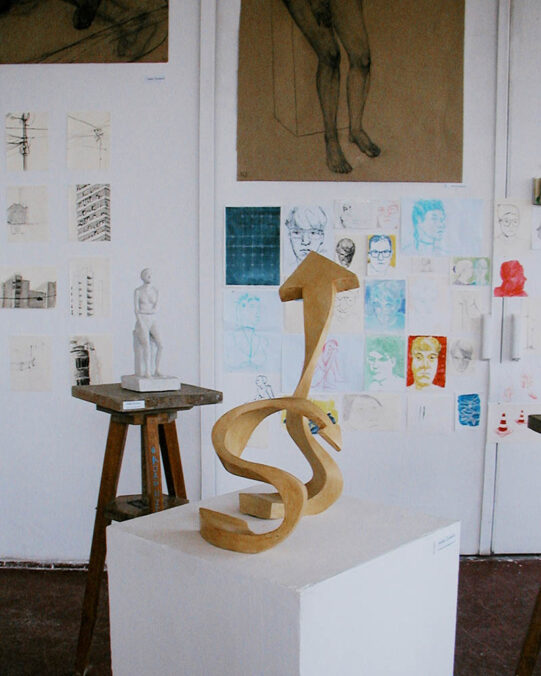
Course finder « University of Arts in Belgrade 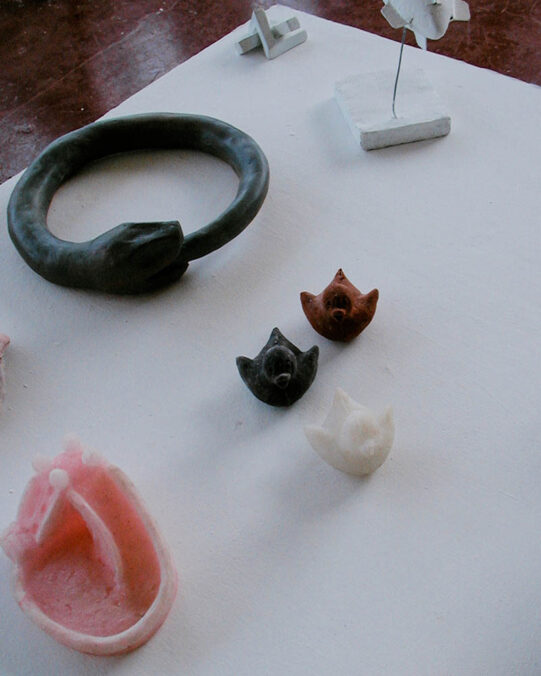
Course finder « University of Arts in Belgrade 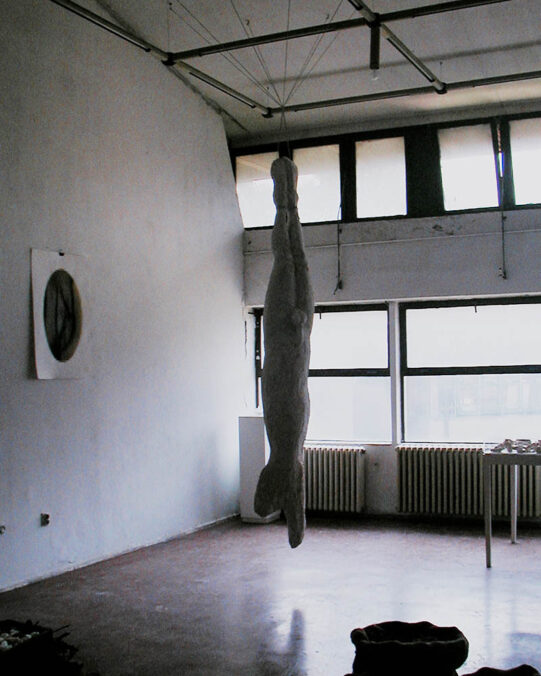
Course finder « University of Arts in Belgrade 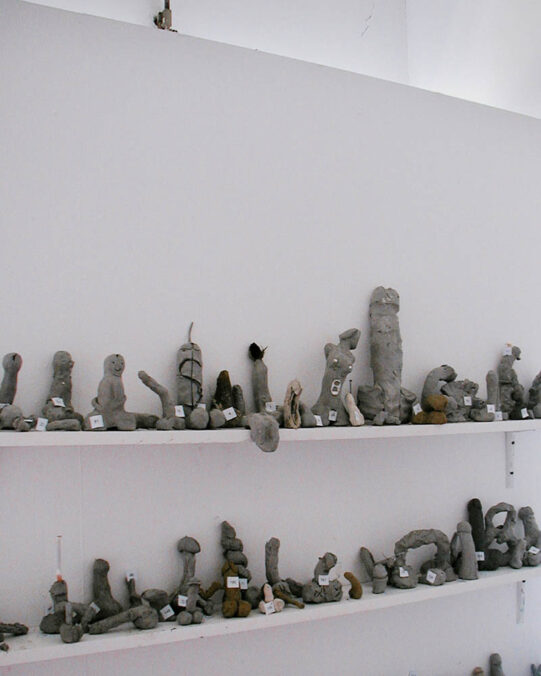
Course finder « University of Arts in Belgrade 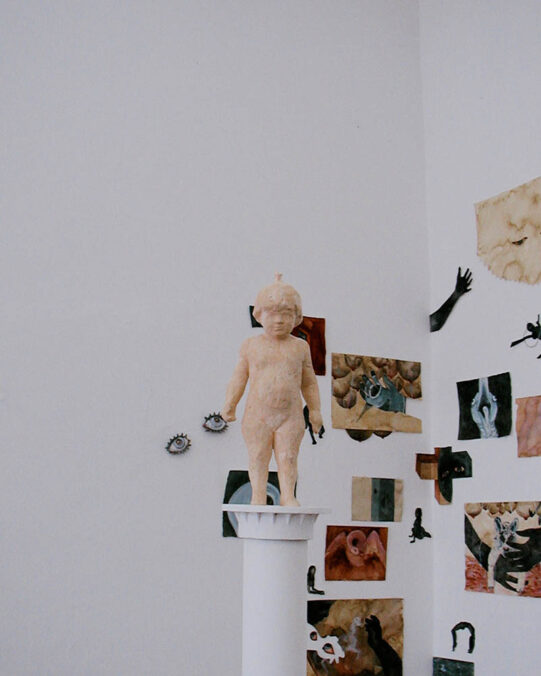
Course finder « University of Arts in Belgrade 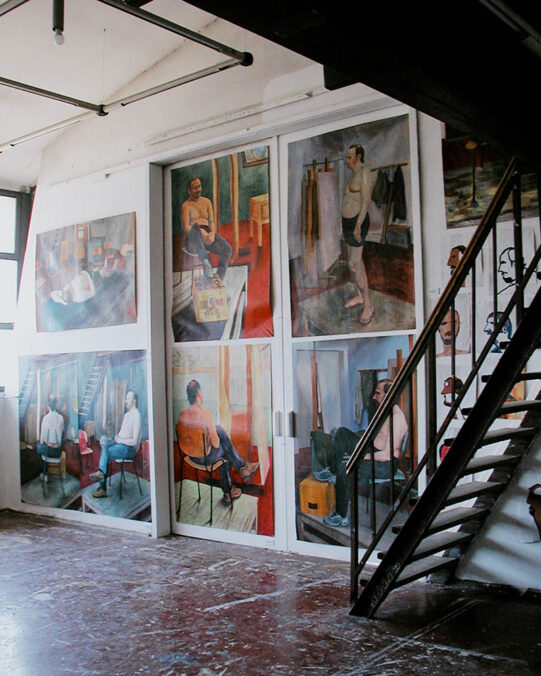
Course finder « University of Arts in Belgrade 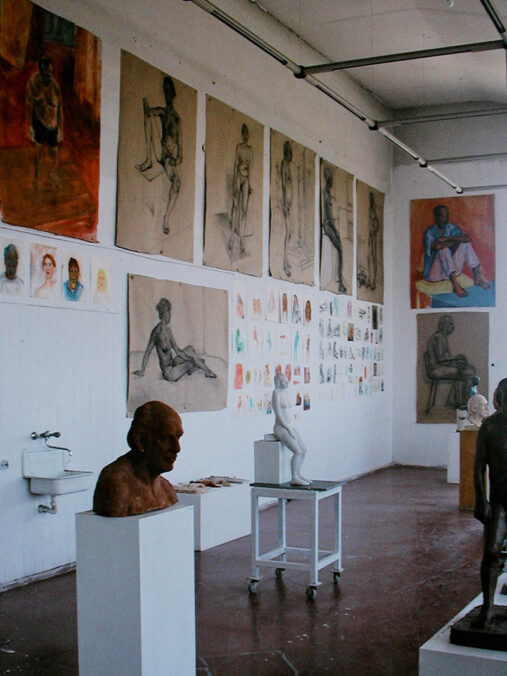
Course finder « University of Arts in Belgrade 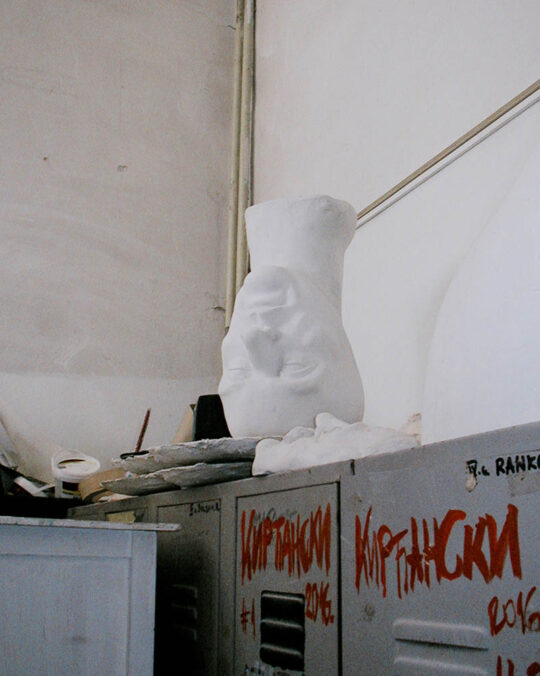
Course finder « University of Arts in Belgrade 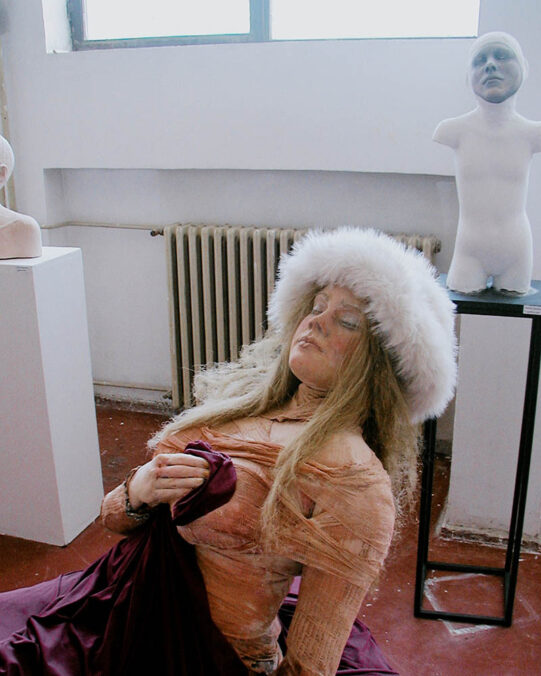
Faculty of Fine Arts Arts in Belgrade 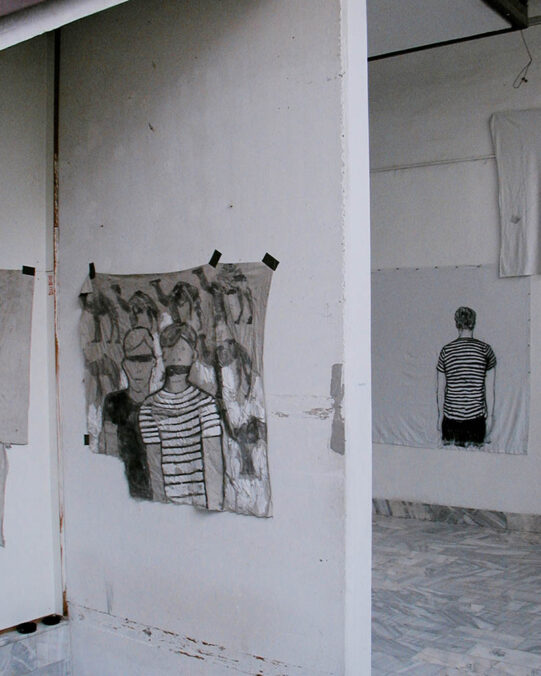
Course finder « University of Arts in Belgrade 
Course finder « University of Arts in Belgrade
The Faculty of Fine Arts holds a crucial position in the Serbian art and cultural scene, promoting the creation of high-level artistic works. Its origins can be traced back to 1921 when the state Art School was established, achieving remarkable accomplishments. In 1937, the Academy of Fine Arts was founded, marking the commencement of university-level education in this field. In 1973, it was subsequently renamed as The Faculty of Fine Arts. Throughout its nearly eight decades of existence, the Faculty has cultivated a rich environment for studio-based practical work, encouraging diverse artistic expressions and fostering experimentation across various domains. Numerous renowned artists from the region have contributed to the Faculty’s legacy, with 16 of them being esteemed members of the Serbian Academy of Sciences.
Currently, the Faculty of Fine Arts accommodates approximately 350 students and employs 57 teachers and associates across all levels of study.
Departments: Painting, Sculpture, Graphics, New Media
University of Fine Arts in Belgrade – www.flu.bg.ac.rs




